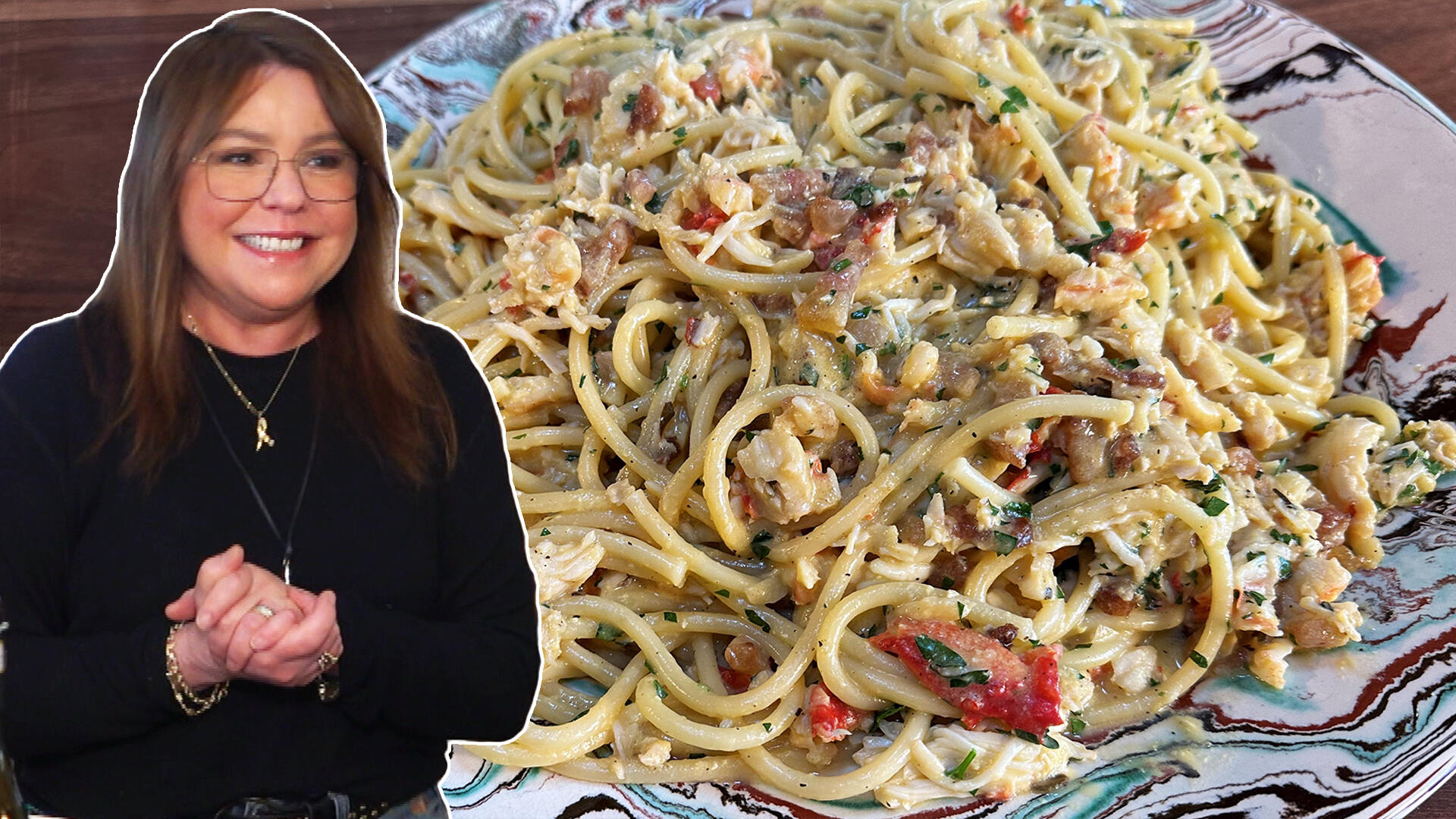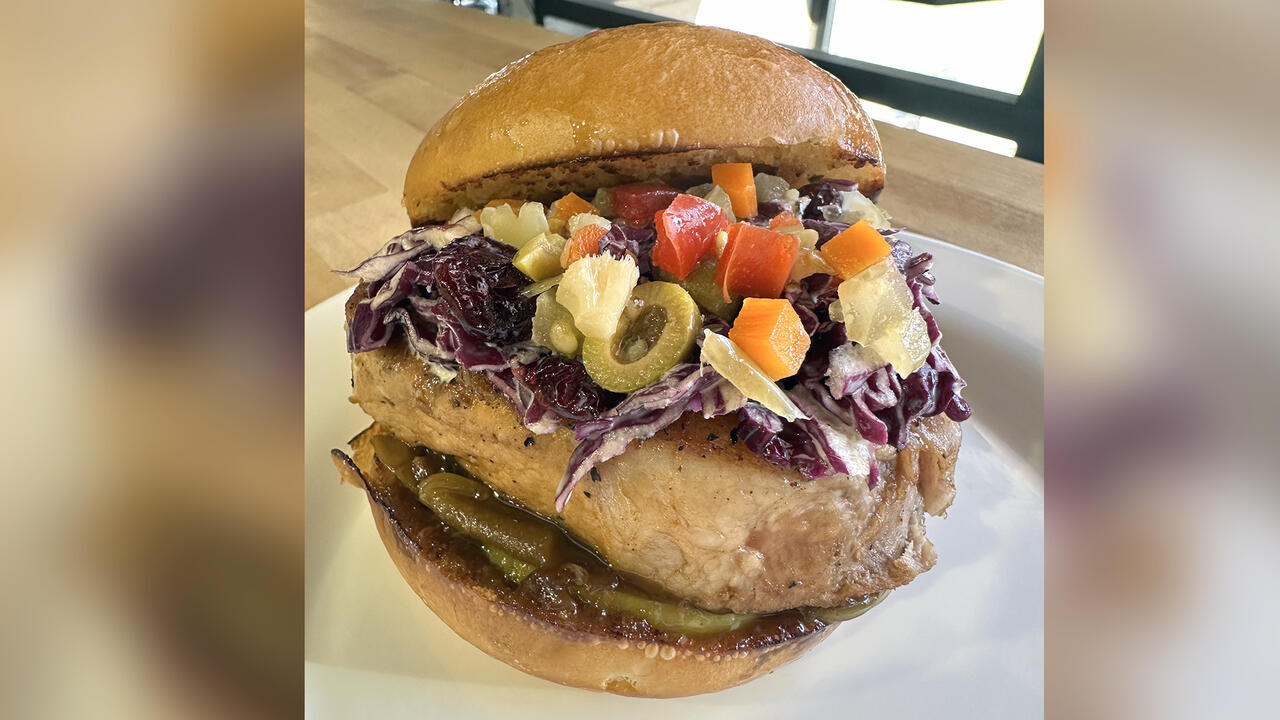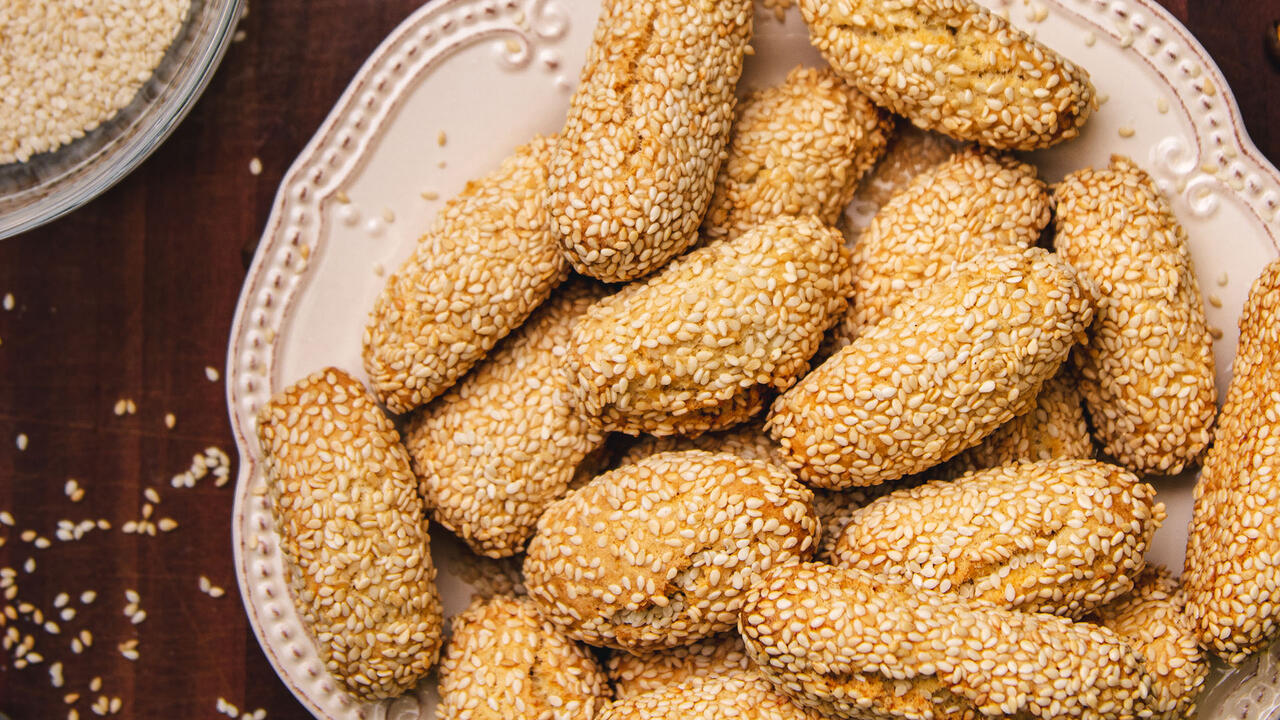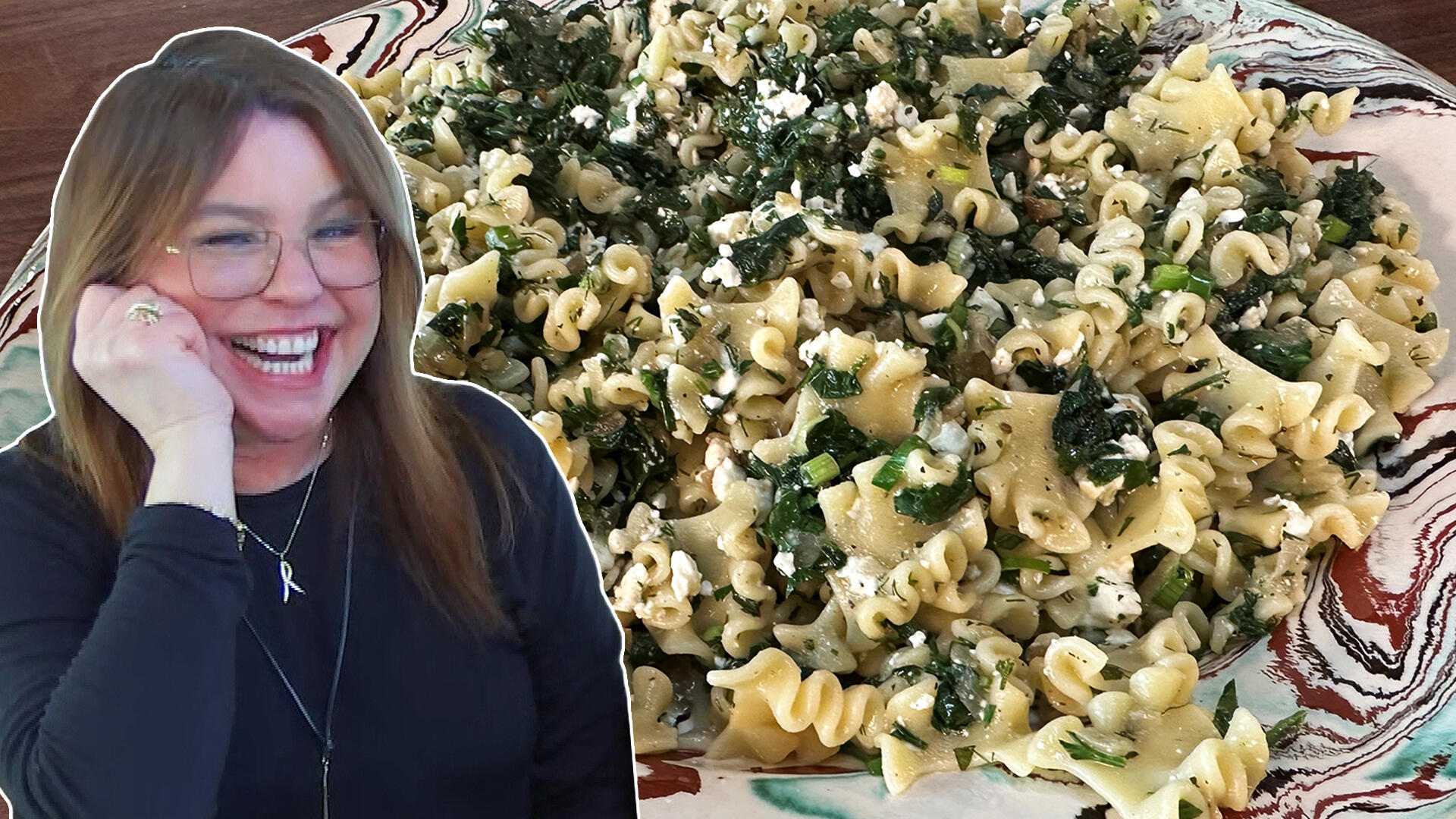

3 Steps To Take For Better Heart Health | "The Doctors" Host Dr…

Q&A with Organizational Pro Peter Walsh + Dermatologist Shares A…

Actor Hank Azaria + Freezer Meals + Artichokes 2 Ways with Rach

See Inside Barbara Corcoran's Stunning NY Apartment + It's Steak…

How to Make Chicken and Lobster Piccata | Richard Blais

Donnie Wahlberg Spills Details About NKOTB's First Ever Conventi…

Donnie Wahlberg + Jenny McCarthy Say Rach Is Such a "Joy" + Look…

The Best Moments From 17 Seasons of the Show Will Make You Laugh…

How to Make Crabby Carbonara | Rachael Ray

Rach Chats "Firsts" In Flashback From Our First Episode Ever In …

How to Make Apple-Cider Braised Pork Chop Sandwiches with Onion …

Rach's Chef Pals Say Goodbye to Show in Surprise Video Message

How to Make Sesame Cookies | Buddy Valastro

How to Make Tortilla with Potatoes, Piquillo Peppers and Mancheg…

How to Make Shrimp Burgers | Jacques Pepin

How to Make Spanakopipasta | Rachael Ray

Andrew McCarthy Chokes Up Discussing Emotional Trip to Spain wit…

Celebrity Guests Send Farewell Messages After 17 Seasons of the …

Celebrity Guests Send Farewell Messages After 17 Seasons of the …

Andrew McCarthy Teases Upcoming "Brat Pack" Reunion Special

Michelle Obama Toasts Rach's 17 Years on the Air With a Heartfel…
Cold and flu season is probably on the forefront of your mind right now, but don't forget that February is American Heart Month!
"Although the heart is not always in the news, heart disease is still the number one killer of both men and women," Dr. Travis Stork says.
Heart health is vital for your overall health, so the doc is sharing his top three tips for maintaining a healthy ticker.
"[If] you improve your heart health, you improve everything else," he says.
1. EAT FIBROUS FOODS
Less than 5% of people in the United States are getting enough fiber, the doc says. Fiber is great for your heart because it naturally lowers your cholesterol by grabbing onto cholesterol and pulling it through your system, according to Travis. So, his number one tip for improving heart health is to include more fiber in your diet.
Fruit, cruciferous vegetables, nuts and lentils are all examples of foods that contain fiber. Plant proteins are especially beneficial because they contain fiber, while animal proteins do not, according to the doc. He recommends including plant proteins like legumes, beans, lentils, seeds, tofu, nuts and oats in your diet.
"You're getting the plant protein and you're getting the fiber to naturally lower cholesterol," Travis says, "and so many secondary benefits because they have phytonutrients."
2. EAT FOODS WITH CoQ10
Think of mitochondria as the engine in your cells, Travis says. And the part of your body where the engine is most important is your heart.
"A lot of mitochondrial health is driven by something known as CoQ10," Travis says. This enzyme drives energy production and is important for it, particularly in your heart cells.
Cold water fish (albacore, tuna, salmon and sardines) are a great source of CoQ10 because of the extra benefit of heart-healthy omega-3 fatty acids. If you're worried that you're low on it, consider talking to your doctor about a CoQ10 supplement, Travis says.
3. KEEP MOVING

Last but not least, remember to be NEAT-conscious. NEAT stands for Non Exercise Activity Thermogenesis, Travis explains.
Working out is important and necessary, of course, but the hours when you aren't in the gym or doing formal exercise are vital as well. Take the stairs, take a phone call on your feet, dance it out — whatever you do, keep moving throughout the day. All of that movement adds up to better heart health.


